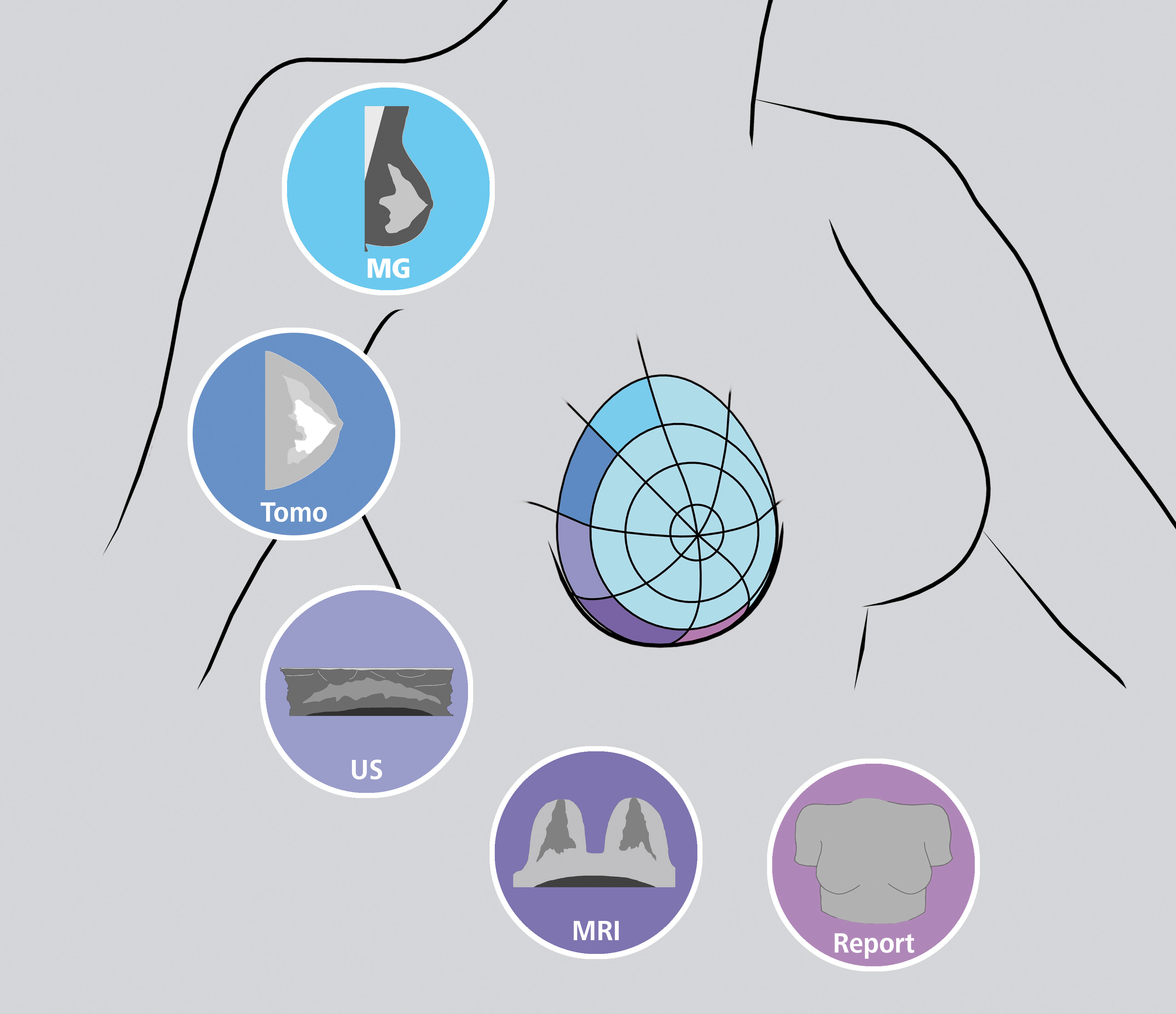Press Release

Fabian Zöhrer, physicist at the Fraunhofer Institute for Medical Image Computing MEVIS in Bremen, received the GHTC® – the German High Tech Champions Award on December 2nd. The award was bestowed in Chicago at RSNA 2014, the world’s foremost radiology conference, for a software method that can improve early detection and diagnosis of breast cancer. Zöhrer developed the software with fellow computer scientist Joachim Georgii and MEVIS Institute Director Horst Hahn. A video, illustrating how the promising method works, can be seen at http://s.fhg.de/Bridge
The new software makes it possible for physicians to use multiple imaging methods simultaneously for early detection of breast cancer. It is especially applicable for women with very dense breast tissue. In such cases, using only one imaging method is often not enough for a reliable diagnosis. Instead, using a combination of different procedures, such as magnetic resonance imaging (MRI) and mammography, is more sensible, because each imaging method gives additional, supplementary information.
The problem: In the MR scanner, the patient lies on her stomach, and during mammography, she stands upright. These different positions can lead to drastic changes in tumor position or suspicious areas and complicate image comparison.
The new MEVIS method can correct this flaw. ‘Multimodal position correlation’ can automatically transfer the position of a tumor from one image dataset to another. Using this procedure, a doctor can select a certain critical area in the tissue on a mammography image. The same monitor shows an MRI image of the patient. A small circle automatically emerges in the latter image showing the same critical area identified on the mammography image. “Doctors no longer need to reconstruct the tissue mentally to estimate where it should be seen in another image. Our software does that for them,” says Zöhrer. “It simplifies the procedure, saves time, and sometimes helps prevent errors.”
The software can be integrated in PACS viewers, common image storage and display programs that enable images from different methods to be displayed on a single monitor. In a clinical study, the method might also be capable of automatically identifying particular tissue areas in the images of different participants.
The award gave Zöhrer and his team the opportunity to showcase the market-ready innovation to the world’s leading medical technology companies at RSNA 2014. The GHTC® - the German High Tech Champions Award, is a constituent part of the “International Research Marketing” collaborative project, a joint initiative of the Alexander von Humboldt Foundation, the German Academic Exchange Service, the Deutsche Forschungsgemeinschaft, and the Fraunhofer-Gesellschaft. All activities within the project are part of the “Promote Innovation and Research in Germany” initiative under its “Research in Germany” brand. The initiative is funded by the German Federal Ministry of Education and Research.
 Fraunhofer Institute for Digital Medicine MEVIS
Fraunhofer Institute for Digital Medicine MEVIS